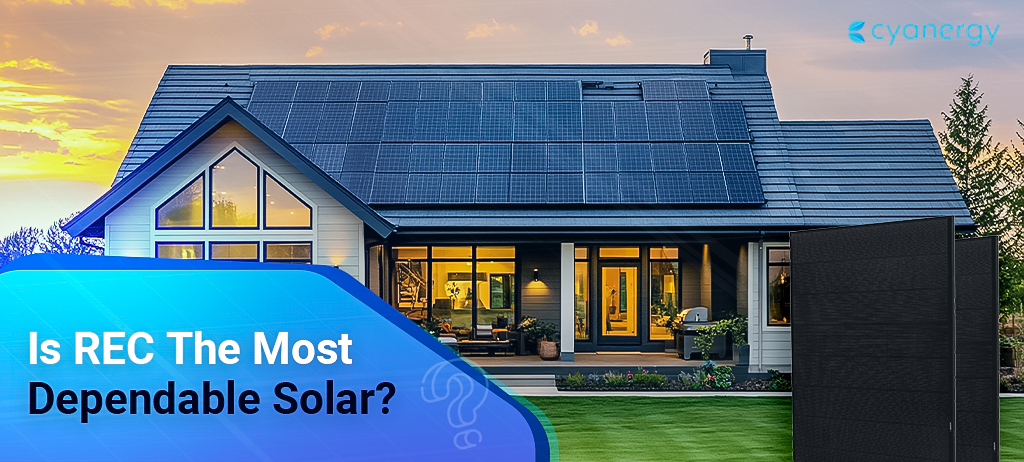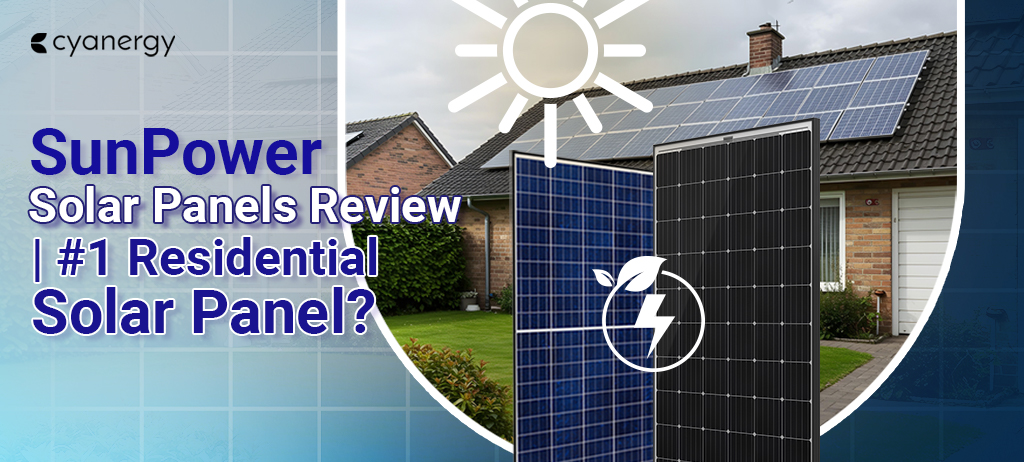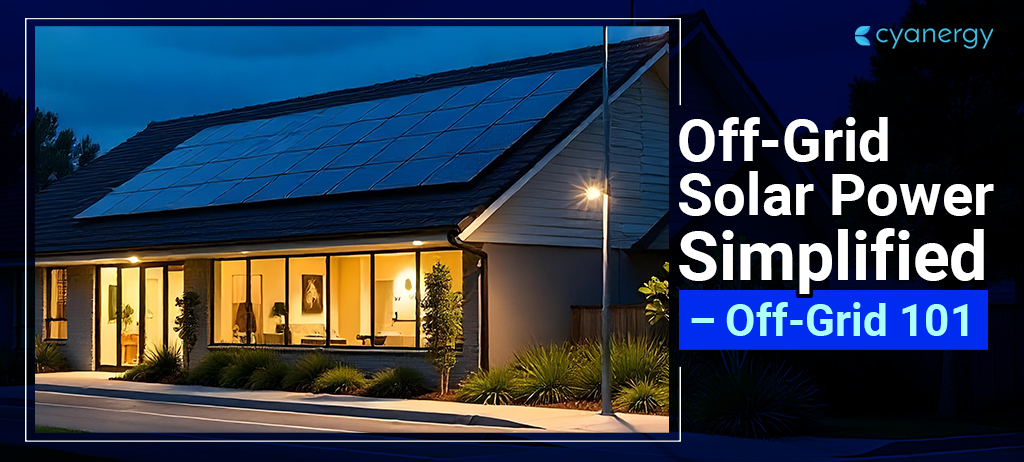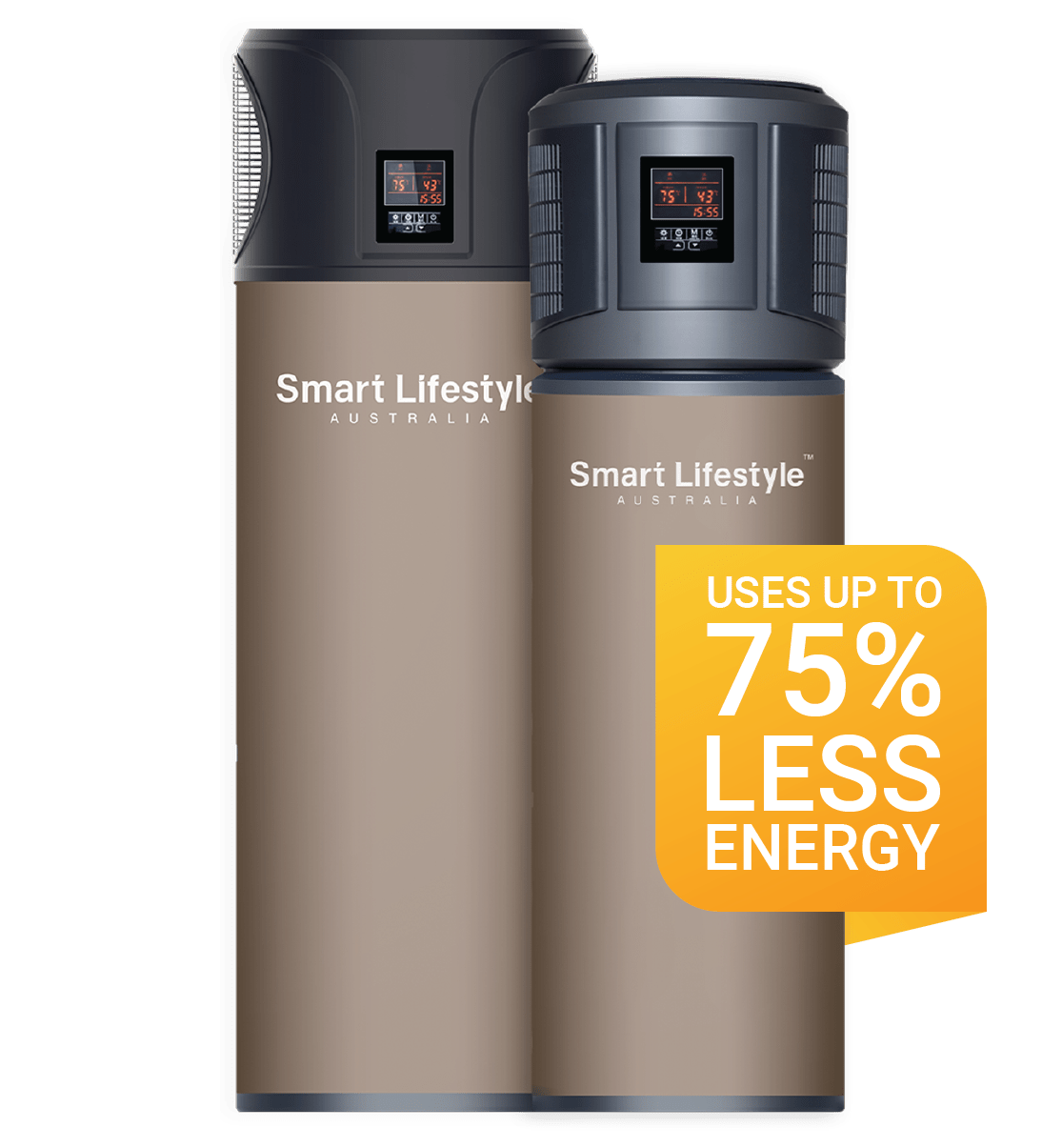Frequent power outages, unreliable grid connection, sky-high electricity bills, and to top it off, your solar panels are exporting excess energy back to the grid, for a very low feed-in-tariff.
Do all these scenarios sound familiar? Your answer might be yes!
These challenges have become increasingly common across Australia, encouraging more and more homeowners to consider solar battery storage systems.
Why? Because they want to take control of their energy, store surplus solar power, and reduce reliance on the grid.
But then again, people often get perplexed, and their biggest question remains: Should I get a Solar Battery Storage System in Australia?
Well, the answer can be yes in many cases, such as a battery can offer energy independence, ensure better bill savings, and provide peace of mind during unexpected power outages, but it’s not a one-size-fits-all solution.
There are circumstances where a battery may not be necessary or even cost-effective.
In this guide, we’ll break down when it makes sense and all the pros and cons you need to know before making the investment.
In this blog post:
Why You Need Battery Storage Now?
According to data, Australia has surpassed 3.9 million rooftop solar installations, generating more than 37 GW of PV capacity, which is about 20% of electricity in the National Electricity Market in 2024 and early 2025.
Undoubtedly, the country’s strong renewable energy targets, sustainability goals, and the clean‑energy revolution have brought solar power affordability, but the next step in self‑reliance is battery storage.
Data from The Guardian says that 1 in 5 new solar installs in 2025 now includes a home battery, versus 1 in 20 just a few years ago, representing a significant leap in adoption.
Moreover, the recent launch of the Cheaper Home Batteries program has driven this uptake even further, with over 11,500 battery units installed in just the first three weeks from July 1, and around 1,000 installations per day.
Overall, the Australian energy market is evolving rapidly. Average household battery size has climbed to about 17 kWh from 10–12 kWh previously.
Hence, the experts are assuming that 10 GW of new battery capacity will be added over the next five years, competing with Australia’s current coal‑fired capacity.
What Am I Missing Out on Without Solar Batteries?
Honestly? You’re missing out on the best part of going solar.
Renewable sources of energy like solar, hydro, and wind make us feel empowered. For example, solar batteries lower your electricity bills, minimize grid dependency, and also help to reduce your carbon footprint.
But here’s the catch! Without battery storage, you’re only halfway there!
The true magic of solar power isn’t just in producing clean energy; it’s storing and using it efficiently.
A solar battery lets you store excess energy and use it when the sun goes down or the grid goes out. It’s the key to real energy independence. Therefore, ultimately, getting a battery is what makes your solar system truly yours.

Here’s a list of what you’re missing out on without a solar battery:
- Energy Independence
- Maximized Savings
- Better Return on Investment ROI
- Lower Carbon Footprint
- Peace of Mind
Batteries help you to stay powered even during blackouts or grid failures. With energy storage, you don’t have to think of fuel price volatility and supply-demand disruption in the Australian energy market.
Adding a solar battery to your solar PV system allows you to use your own stored energy at night instead of repurchasing it at high rates. It also reduces grid pressure during peak hours, restoring grid stability.
Tired of Australian low feed-in-tariff rates?
Make full use of your solar system by storing excess power at a low price rather than exporting it. Solar panel and battery systems can be a powerful duo for Australian households.
Despite the steady growth in solar, wind, and hydro, fossil fuels still dominate the grid. Fossil fuels supplied approximately 64% of Australia’s total electricity generation, while coal alone accounted for around 45%.
These stats highlight why solar battery storage is so valuable. By storing surplus solar energy, homeowners can reduce their reliance on a grid that still runs on coal and gas.
Enjoy 24/7 uninterrupted power, no matter what’s happening outside.
Besides powering urban homes and businesses, batteries also provide reliable power backup for off-grid living at night when your solar panel can’t produce, ensuring peace of mind.
What Size Solar Battery Do I Need?
While choosing the battery size, it isn’t just about picking the biggest one you can afford; it’s about matching your household’s energy consumption pattern. There is no one-size battery that will make financial or functional sense for everyone.
Nevertheless, if you have an average family of four with no exceptional power demands, you may get by with a 10kWh to 12kWh battery bank as a ready-to-roll backup system.
Well, this is just an estimation, as we have no idea of your power needs, because selecting a battery is highly subjective to the household in question.
With that being said, you can get a good idea of how much power you use on average by analyzing your electric bill copy. Also, keeping track of which appliances you use the most and which ones require the most power will help you.
So, to figure out the ideal battery size for your home, you need to consider three most important things:
-
Your Daily Energy Usage
Check your electricity bill for your average daily consumption (in kWh). Most Australian homes use between 15 to 25 kWh per day.
-
Your Solar System Output
How much excess solar energy are you generating during the day? That’s the power you’ll store to use later rather than exporting.
-
Your Nighttime Power Usage
A battery is most useful at night or during grid outages. So, estimate how much power you typically use after sunset. However, by using a battery, you can also get the freedom of living off the grid.
Sizing Up: The Ideal Home Battery for Aussies!
- For small households and light usage, a 5 kWh battery will be suitable.
- For average Australian households, adding a 10 kWh battery would be enough.
- Large homes and high-energy users will need a 13 to 15 kWh system.
- For full independence, off-grid living, or blackout protection, you may require a larger battery size of 20+ kWh.
Want help calculating your exact needs? Just drop your daily usage and solar output, and we’ll do the math for you! Cyanergy is here to help!
Sizing Up: The Ideal Home Battery for Aussies!
- For small households and light usage, a 5 kWh battery will be suitable.
- For average Australian households, adding a 10 kWh battery would be enough.
- Large homes and high-energy users will need a 13 to 15 kWh system.
- For full independence, off-grid living, or blackout protection, you may require a larger battery size of 20+ kWh.
Want help calculating your exact needs? Just drop your daily usage and solar output, and we’ll do the math for you! Cyanergy is here to help!
How Much Do Solar Batteries Cost?

Previously, you would have to pay between $3000 and $3600 for the battery alone, plus the cost of installation, for every kWh of solar battery storage.
However, you can currently expect to pay between $1200 and $1400 for each kWh of solar battery storage. That is a price reduction of approximately 52%, and things will only get better from here.
Does that imply solar batteries are cheap now? Not really, but the cost is well justified by the pros of having a battery storage system.
Also, while paying for solar batteries, you have to consider many other factors like the type of battery, your solar panel system configurations and compatibility, brand, and installation partner.
These will significantly influence the price range of battery storage.
Is a Solar Battery Worth It | Pros and Cons at a Glance
It’s okay to feel a little overwhelmed while deciding to invest your hard-earned money in a battery.
So, here we’ve listed the pros and cons of having a solar battery to help you in the decision-making process.
Benefits of Solar Battery Storage
- Solar batteries help you become self-sustaining.
- You don’t have to care about power outages anymore
- In the event of any natural disaster, you will still have a power source
- Battery prices are dropping significantly as we speak
- During peak hours, grid electricity prices increase due to high demand; you can avoid paying a high price and use your battery. It’s essentially free energy, as solar generates energy from the sun.
- Reduced carbon footprint as the battery stores energy from a renewable source.
Advantages of battery for the grid and national energy system:
- Batteries support Virtual Power Plants (VPPs). In 2025, consumers get financial bonuses (AUD 250‑400) for joining, plus grid benefits via distributed dispatchable power.
- Grid‑scale batteries like Victoria Big Battery or Hornsdale Power Reserve are increasing system resilience by storing large amounts of renewable energy and reducing blackout risk.
Drawbacks of Solar Battery Storage
- One of the biggest barriers is that solar batteries have a high upfront cost, which makes installation harder for residents.
- Home batteries require physical space, proper ventilation, and can’t always be placed just anywhere, especially in smaller homes or apartments.
- Most batteries, like lithium-ion batteries, last 5 to 15 years, meaning they may need replacement during your solar system’s lifetime.
- While many systems are low-maintenance, some may require software updates, monitoring, or even professional servicing over time.
- Battery production involves mining and processing materials like lithium or lead, which raise environmental and ethical concerns.

Should You Buy a Solar Battery?: Here’s the Final Call!
You should consider buying a solar battery if several key factors align with your situation.
First, it’s a strong financial move if you live in a state where federal and state incentives can significantly reduce the upfront cost. This can make the investment far more affordable.
A solar battery can be especially worthwhile if you value having backup power during outages, lowering your electricity bills, and gaining a measure of energy independence from the grid.
Additionally, you should be comfortable with taking a few extra steps to get the most value out of your system, such as joining a virtual power plant (VPP), which allows your battery to participate in grid services in exchange for modest returns.
Finally, it’s worth noting that rebates decline annually, and early adopters get the most value.
Takeaway Thoughts
Installing a solar battery in Australia in mid‑2025 offers substantial financial, environmental, and energy‑security benefits, especially if you qualify for multiple subsidies and have good solar capacity.
With rebates shrinking after 2025 and demand surging, early movers stand to benefit most.
By helping balance the grid and reduce dependence on fossil fuels, home battery adoption contributes significantly to Australia’s national goals of 82% renewable energy by 2030.
It’s not just about savings; it’s about being part of a smarter, cleaner, more resilient electricity future for Australia.
Looking for CEC-accredited local installers?
Contact us today for any of your solar needs. We’d be happy to assist!







